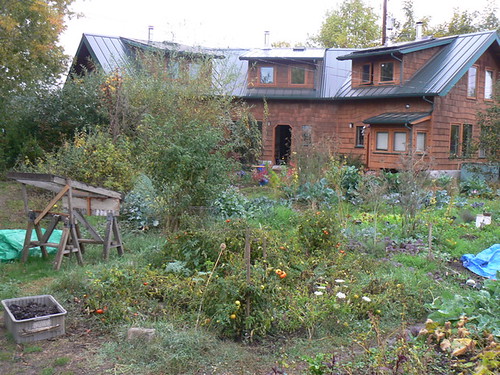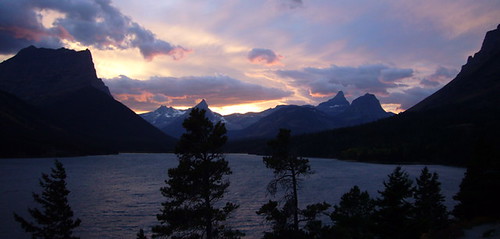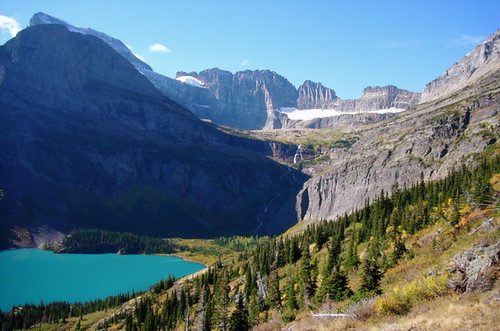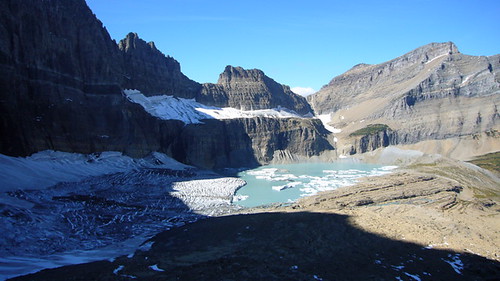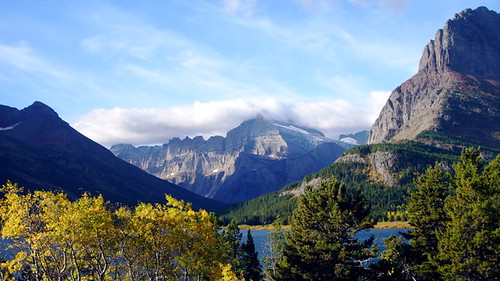A rainwater catchment system, constructed of salvaged lumber and drums.

A chicken coop built from log edges, which can be collected for free from lumber mills.
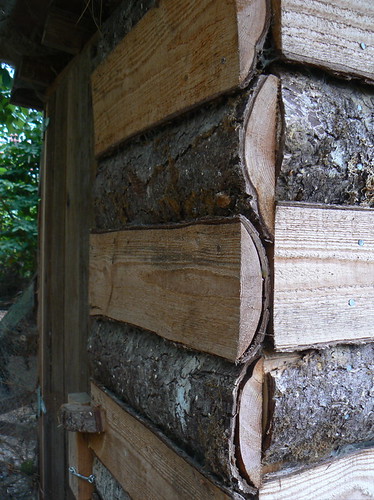
Ponds are super useful! They hold water in the area, decreasing how much/often you have to water your garden (if ever). They are aesthetically pleasing and they attract all kinds of beneficial insects, animal and amphibian species. This one is also a good example of using readily available and cheap (free) resources: note the "urbanite" containing wall. "Urbanite" is an urban geologic material, i.e. broken up sidewalks and other salvaged concrete.
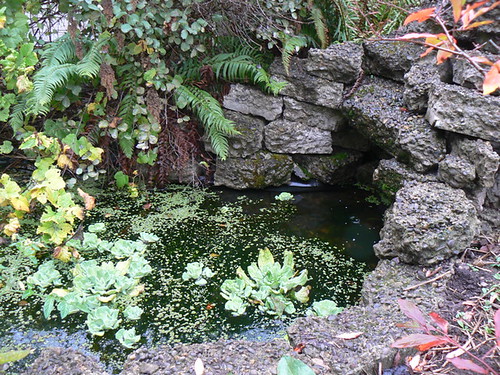
There's a lot of permaculture going on in this picture. This house has a sunroom along the south-facing wall to get boku passive solar gain. Even though it's in Oregon this can be appreciable. The cloches (small greenhouses) protect the abutting gardens from frost. The placement of the cloche helps retain heat in both the cloche and the house. The plants nearest the door of the house are the most frequently used in the kitchen, for example. There are probably more permaculture elements going on, but you get the point.
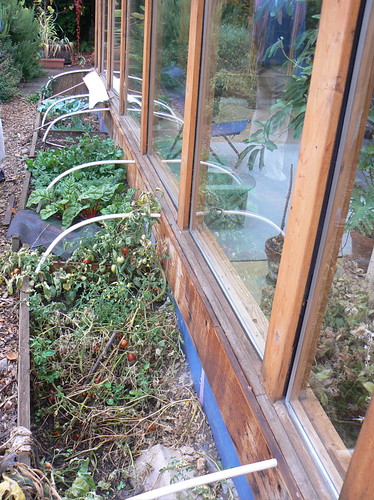
Suburban permaculture...here's a multi-family dwelling built on about 1/2 a typical neighborhood block (in Eugene). The building itself has many "green" features, with beautiful "edible landscaping" all around. Read more about this suburban ecovillage...
